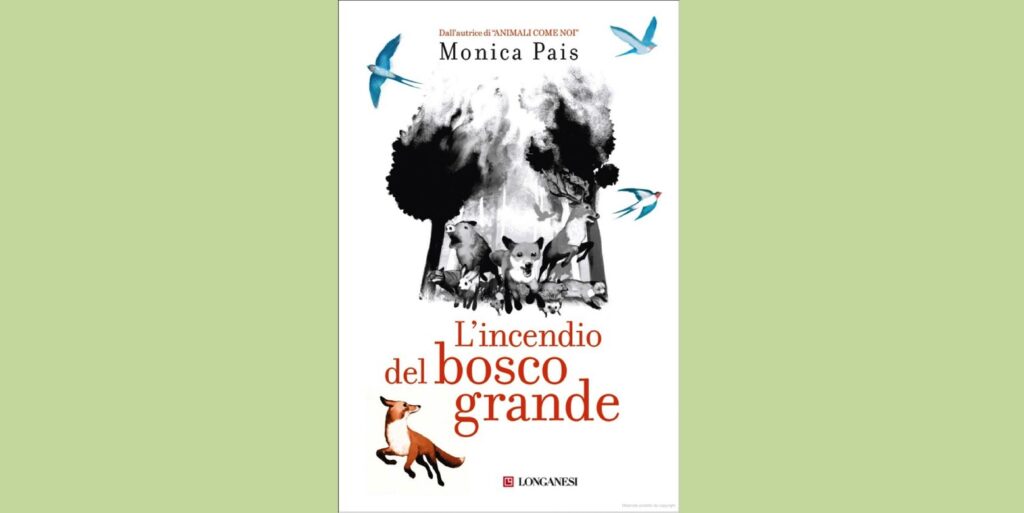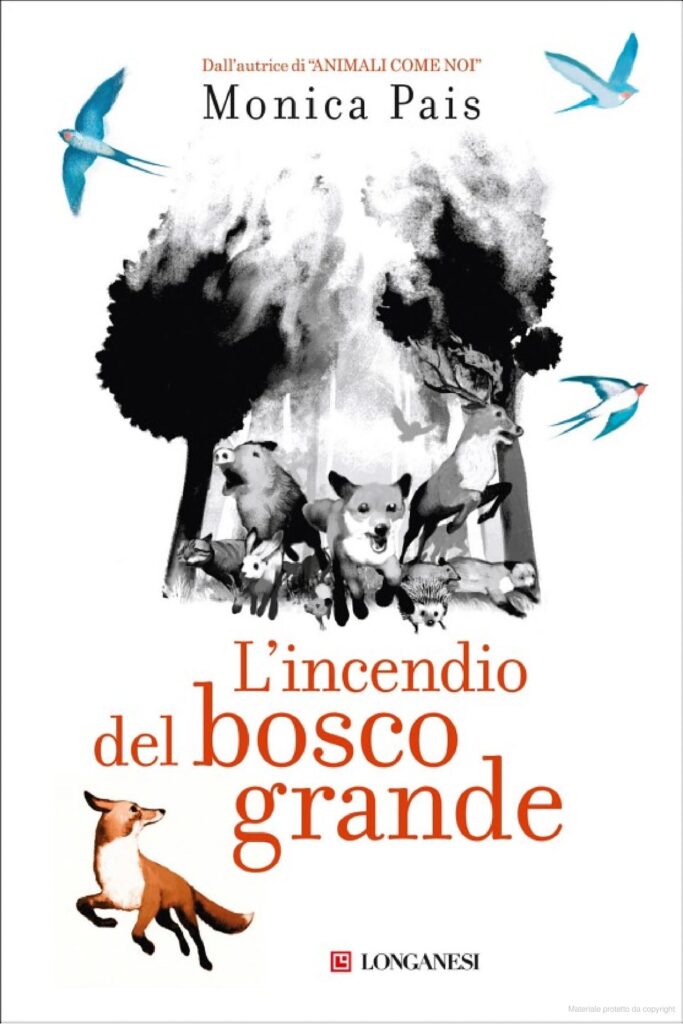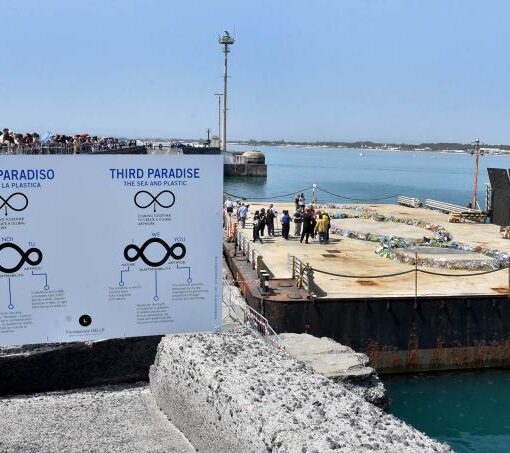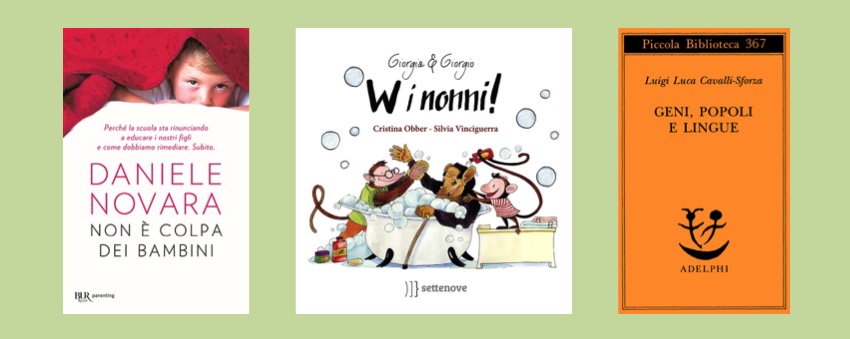
All over the world, the fires that flare up and devour thousands of hectares of forests and green areas are increasingly frequent, an environmental and social scourge that reappears every year with new strength and is linked to human and cultural, climatic, vegetational, and morphological factors.
The progressive abandonment of rural areas and traditional uses of the territory has meant that the national forest area has exceeded the agricultural area and the lack of management of mountain areas and agricultural areas has generated great continuity of vegetation and therefore of “fuel”, which in the Mediterranean environment is composed of very dry vegetation and highly flammable forests.
An atavistic “culture of fire” is widespread throughout the Mediterranean basin whereby people usually burn the fields after the crop or light a fire to cook outdoors, demonstrating a rooted insensitivity of the populations towards their own environmental and wildlife heritage.
Furthermore, the climate change underway, with a significant increase in average global temperatures, which generate long heat waves in the Mediterranean, with increasingly long and dry summers, creates the conditions of heat, wind and drought that favor the ignition of fires and their propagation capacity.
It’s a perfect mix that generates real catastrophes, characterized by fires that are much more difficult to contain… And man is primarily responsible for them!
It is to reflect on the scourge of fires seen from a different perspective that we invite you to read “The fire in the large forest” by Monica Pais, a veterinary doctor from Oristano, the story in two voices of the fire that devastated Montiferru, in Sardinia in summer 2021.
In addition to Monica Pais, the narrative voice is that of Metà, a fox cub who survived the flames, half charred and paralyzed due to an accident during her desperate escape from the fire.

Pages: 144 p., Hardcover | EAN: 9788830459199
That very hot day in July, Montiferru burned down. The hot wind from the south blew the flames rapidly up the narrow gorge of Bau ‘e Mela. The dry vegetation burned in an instant, and in a short time, the fire became indomitable. A front of fifty kilometers, also visible from space, flames even thirty, fifty meters high reduced forests with large green patriarchs, thousand-year-old trees, thousands and thousands of wild animals to ashes, millions if we consider the microfauna, and then domestic dogs and cats, horses, sheep, goats, pigs. Whole villages were evacuated, woods, olive groves, pastures, farms, roads all burned.
No casualties among the men, but it was a massacre, a devastation that lasted four whole days.
The two voices, those of Monica and Metà, alternate in the book and tell a dramatically intense story. Metà, the fox, tells her story, the horror of the fires, the terror at the sight of the advancing flames, and the escape of wild animals in search of salvation which for many was not possible. In the end, it was a massacre.
Monica tells us about the fire and the great fight to save the animals that were rescued alive and in need of care from death. Over two hundred animals, including the fox Half, were welcomed and cared for at the Duemari Clinic, where Monica and her veterinary staff did everything to save them. They were burnt fawns and wild boars with charred paws, domestic dogs, and shepherd dogs left behind to guard the charred flock, cats, rabbits, and hedgehogs. Not everyone would survive. And then she talks about a non-profit organization that manages to create a network that gave rise to an impressive wave of solidarity that would collect tons of foodstuffs and pallets of sanitary materials.
“The fire of the large forest” therefore takes on an epic dimension in making the reader participate in the strenuous struggle for the salvation and protection of the natural world to which we ourselves belong; it testifies to the suffering of many of the treated animals that were mutilated which, being accustomed to man, could no longer be released into nature, having no chance of survival and is the confirmation of the bond that can be established between man and animal.
“The fire of the large forest” is told to raise awareness among young and old readers of the enormous damage caused by forest fires, considering not only the economic damage but highlighting an aspect never evaluated by media reports: the fate of thousands of small and large wild animals, trees and all the vegetation that make up the Bosco ecosystem in its entirety, a precious unicum for every form of life, the heritage of all, to which we owe respect, care and love.
Monica Pais, veterinary surgeon and writer, runs the Duemari Clinic in Oristano, with her husband Paolo, where she takes care of the family animals and wild and stray animals, nobody’s animals, giving them a chance at a better life. In 2016 she created the non-profit organization Effetto Palla which, thanks to a dense network of volunteers, takes care of animals in difficulty in Italy and abroad, seeking adoptions and foster care and organizing relay races. Her awareness work aimed at children and adults for the respect and care of the world around us is very important.
Credits
Maria Beatrice Lupi, a naturalist and expert in training, planning for sustainable development, participatory methodologies, and European planning. Currently, she is involved in dissemination and education for sustainability.
Translation by Maria Antonietta Sessa



